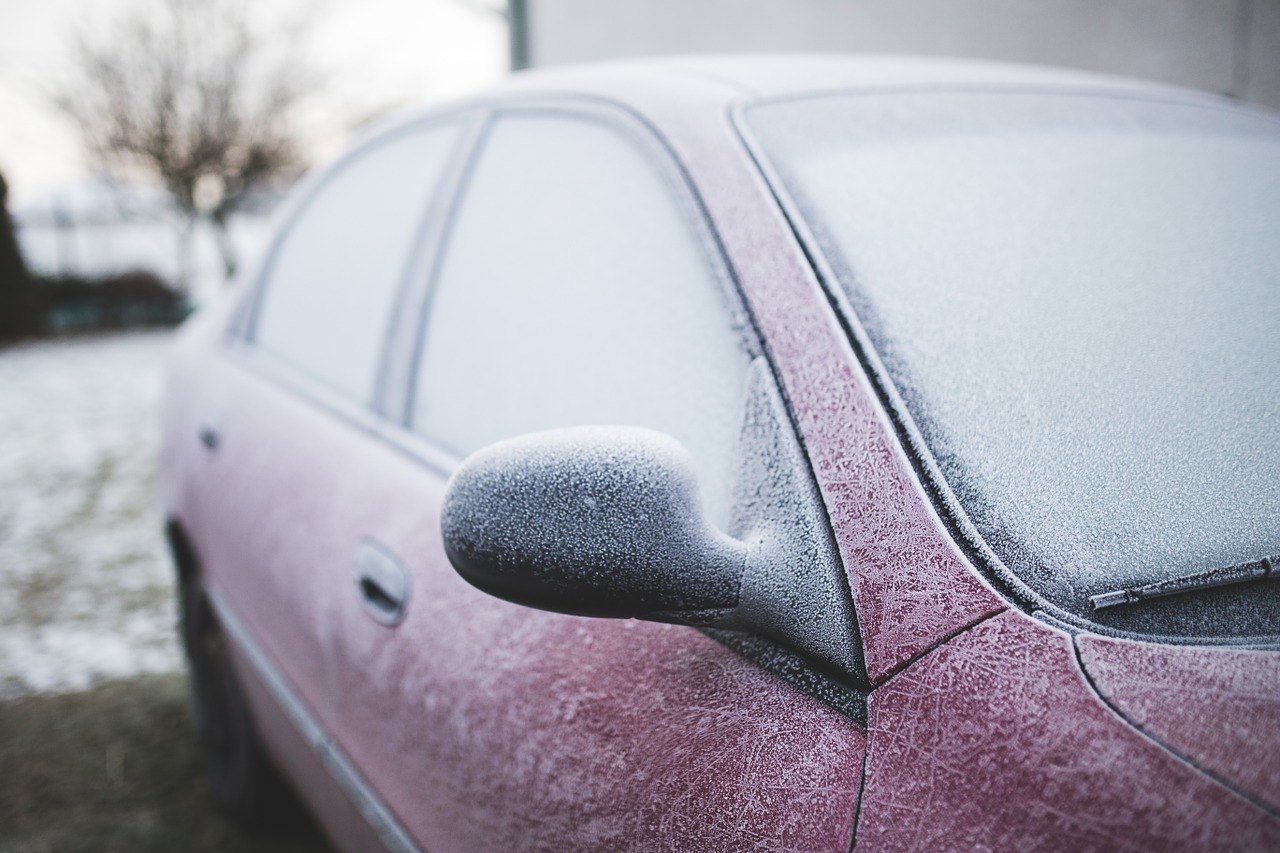
When temperatures drop during the cold months of the year, sometimes you may have trouble opening your car doors. When water leaks into the lock or between the car frame and seal, more than often car doors freeze. In order to combat this occurrence, you will need a solvent such as alcohol or to melt the ice with heat. There are several ways to unfreeze car doors, below are a few things you can do to melt the ice away and get on with your day whenever you encounter frozen locks and doors.
Unfreezing Door Seals or Handles
If your door’s handles or seals are frozen, try pushing on the car door and lean on it to apply pressure. Pushing as hard as you can, let the pressure break the ice along the seal so that you can open your door. This method works only if the seal is frozen, if the lock is frozen, more action is required. You may also need to chip away the ice if the ice has frozen over into a thick crust by breaking it off of the door’s seal on each side as well as on the handle. An ice scraper is effective in doing this, you also can use a credit card, spatula or any other stiff object made of plastic. However avoid using metal as the paint and glass may scratch.
Sometimes you may need to perform several steps or one specific step, depending what kind of car you have and which parts are frozen. If you have tried cracking and chipping the ice away, next try dousing the rubber seals with lukewarm water. This you can do by filling a bucket, pitcher or cup with slightly warm water and pouring it around the door’s seal, ideally this step will thaw the ice. Sometimes you may need to refill your container a few times before the ice melts, particularly if it is thick and the temperature is extremely low. If you are able to open the door by performing this step, dry the inside of the door seal immediately so that refreezing will not occur. Using hot water is a bad idea as the drastic temperature difference may cause your window glass to shatter, sometimes even cold water will work. One thing to keep in mind is the fact that car doors tend to freeze in spots where there is damage or wear and tear on the rubber seal, damaged portions of the rubber seal allow water to trickle in and freeze. If you spot damage, pay special attention to that area when pouring.
Another method and step in unfreezing your car doors is the use of commercial deicer. Deicer products can be purchased at hardware stores and auto supply stores. Deicer products are effective in dissolving ice and also prevents moisture from collecting once the ice is gone. There is, however, a homemade recipe which is using rubbing alcohol instead but you must be careful if you must unfreeze your doors often, your rubber gasket may get damaged by repeated use of rubbing alcohol. Windshield wiper fluid often times has a high alcohol content and can be used in the same way. If neither works you can try using diluted white vinegar, however this should only be a last resort as you may find that it leaves behind a foul smell and may even leave marks on your window.
If you have a newer car and can start your vehicle remotely, do so. As the car warms up the heat will thaw the door from within, while this is a sure fire method it may take up to ten minutes. Another method of thawing the seal is using a blow dryer. However you may need an extension cord if you don’t have a battery powered model. If you decide to use this method, blow the hot air evenly across the seal. Avoid applying too much heat in one area so as not to break the glass and always make sure the blow dryer does not get wet in the process.
Ice in the locks
If the lock is frozen rather than the seal, try spraying lubricant on the lock or key. This is most effective if you spray the key or use a straw to spray the lock through. The types of lubricants you can use include rubbing alcohol, deicer and rubbing alcohol. You should not use WD40, silicon lubricant, grease lubricant as the lock may clog, also avoid combining lubricants. A blow drier also works in unfreezing locks, if you choose to use this method place the inner cardboard portion of a toilet paper roll or similar shaped cardboard object over the lock so that the air is directed straight to the lock. Bear in mind that sometimes using a blow dryer may take a little while.
If your car key is made of 100% metal and does not have an electronic chip, heat it. You can effectively heat the key if you wear thick gloves or use tongs and hold it above a lighter or lit match. Once the key has heated up, stick it in the lock and wait till the ice thaws.